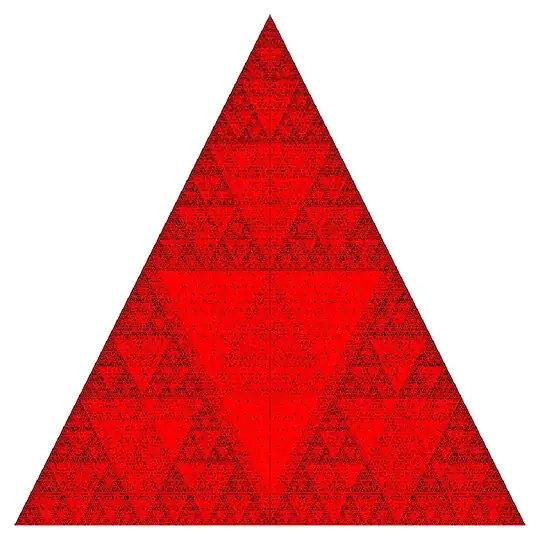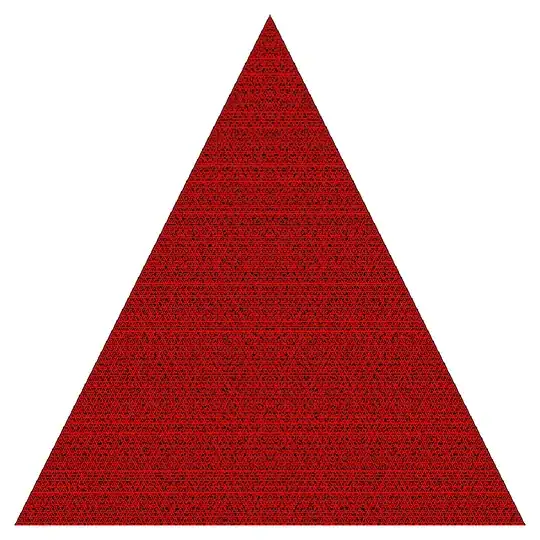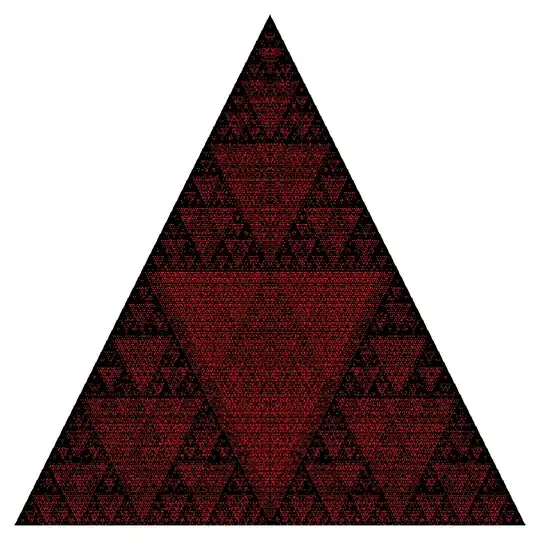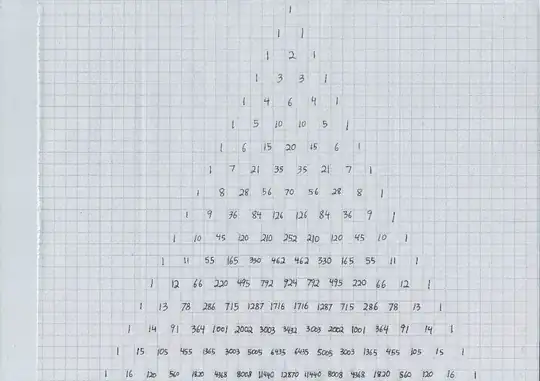Is there any way of determining if $\binom{n}{k} \equiv 0\pmod{n}$. Note that I am aware of the case when $n =p$ a prime. Other than that there does not seem to be any sort of pattern (I checked up to $n=50$). Are there any known special cases where the problem becomes easier? As a place to start I was thinking of using $e_p(n!)$ defined as:
$$e_p(n!) = \sum_{k=1}^{\infty}\left \lfloor\frac{n}{p^k}\right \rfloor$$
Which counts the exponent of $p$ in $n!$ (Legendre's theorem I believe?)
Then knowing the prime factorization of $n$ perhaps we can determine if these primes appear more times in the numerator of $\binom{n}{k}$ than the denominator.
Essentially I am looking to see if this method has any traction to it and what other types of research have been done on this problem (along with any proofs of results) before. Thanks!




